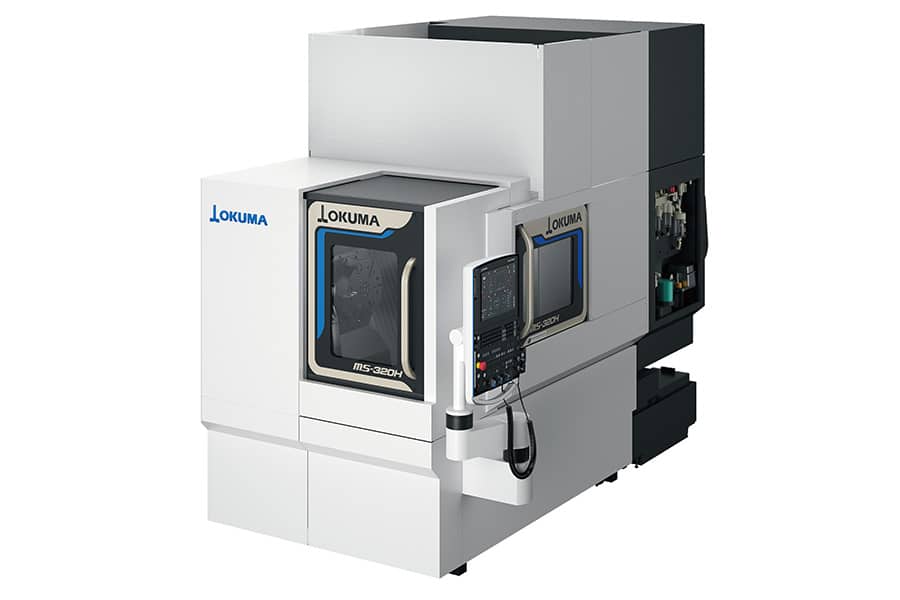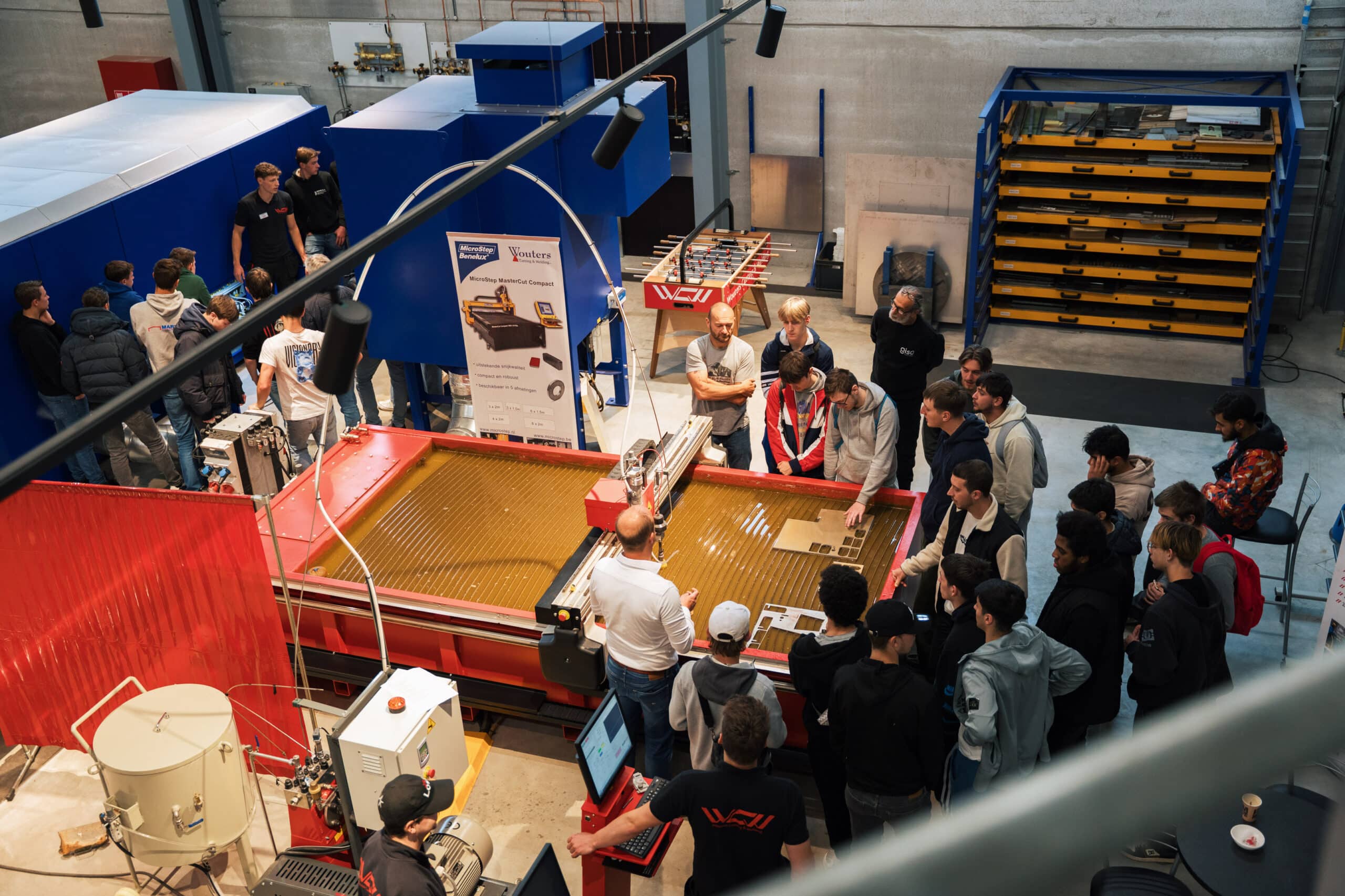
An ERP system for the metalworking industry
What are the most important features of an ERP system for companies in the metalworking industry? We review these features and explain why they should be considered when implementing an ERP.
Materials Management
Material delivery is one of the most commonly used for the metalworking industry. In addition to determining the quantities and items needed and their destination, material receipts must be controlled, stored and transported. With suitable ERP software, one keeps track of the entire material and value flow in a company in different areas. In addition, the warehouse can be managed optimally through the software and the movement of goods and the respective inventories can be tracked and recorded. To this end, all inventory changes, as well as material consumption and stocks still available, are assigned to financial accounting and cost accounting in real time. Similarly, it can be tracked at any time via integrated batch and serial number management which components or groups have been installed in which product.
Warehouse management
Clear suggestions while picking goods can save employees time and therefore money. The right warehouses can be found and managed faster, even if multiple warehouses are managed in different locations. ERP systems also support during inventory. Legal inventory is significantly simplified and can optionally be performed on a permanent or reference date basis. At the same time, warehouse processes and bookings remain parallel so that operating procedures are not disrupted. All data collected in materials management through the ERP system can also be evaluated and analyzed so that processes can be optimized.
Planning
Guiding materials management, as well as all other processes in a metalworking industrial company, is absolute adherence to deadlines. In addition to the required material, the right tools and personnel must be available at the scheduled time. This optimizes not only production times but also their costs. ERP systems, for example, help plan delivery dates and lead times. This is done through multi-resource planning, where the system not only points out a scarce or overstretched resource, but also brings in solutions in the form of prioritized jobs or alternative resources.
Demand planning
The system also helps to respond optimally to fluctuations or decreases in demand. This creates a flexible plan that better reflects the actual production situation and helps avoid bottlenecks. As a result, the production process becomes much more flexible and has its own parallel processes and schedule changes in view in addition to outsourced work orders.
Moreover, complex dependencies of processes can be visualized, revealing how much time is needed, where and for which step, before the next one can be started. In addition, the planning of the production program addresses all of the company's long-term needs so that a reliable delivery schedule can be completed by the system. Ultimately, the synchronization of all these areas can become a reliable date schedule already from the customer order.
Calculation
Advanced analytical tools are required to assess your company's profitability adequately and well-founded. With the help of a controller, ERP systems can quickly and accurately analyze all necessary business data so that management can make decisions based on informed numbers. The more modules integrated into a single ERP system, the better the system can perform such evaluations and the more accurate the numbers that aid in decision-making. In this case, such profitability analysis can be done on several dimensions. Whether it is only for sub-areas or for the entire production process, management gets facts and figures that form the basis for a detailed calculation.
Report
These analyses can be done on an ad hoc basis and provide an up-to-date overview based on real-time data - and across the entire company. Entering data once and synchronizing it with all other areas and systems prevents errors. Data from other systems can also be easily integrated and processed in the new system. This saves not only a lower error rate but also enormous time. Detailed cost accounting transparently illustrates the cost and revenue situation and ensures effective planning. In addition, reports are created that help control business processes.
If you want more information about an ERP system for the metalworking industry or, in general, more about the application possibilities of ERP software, visit us at www.erpoverzicht.nl.



